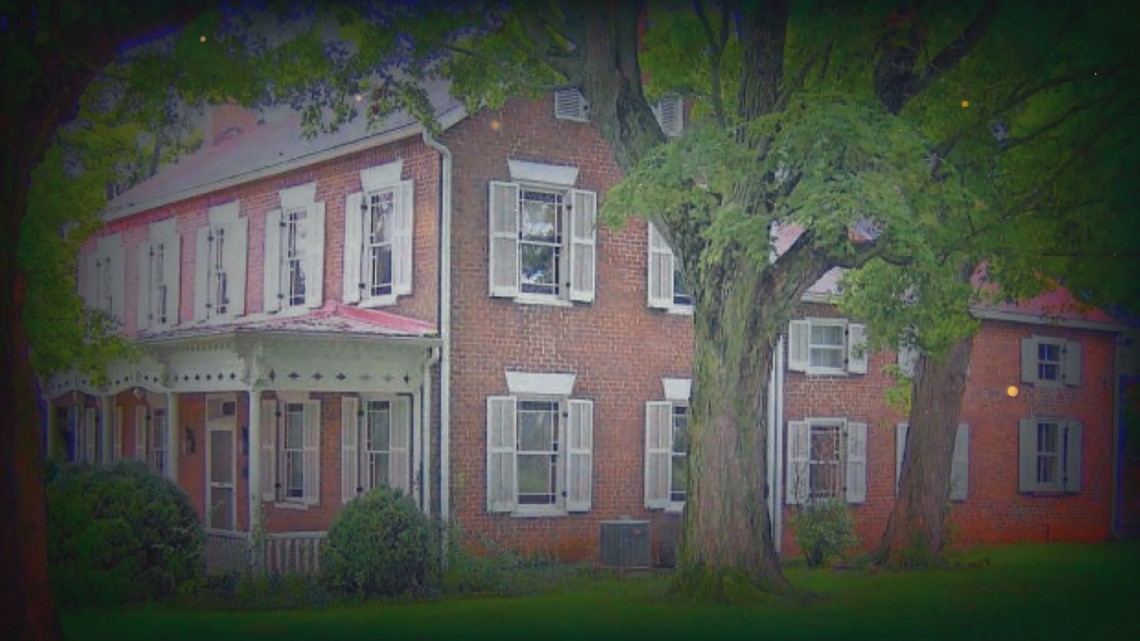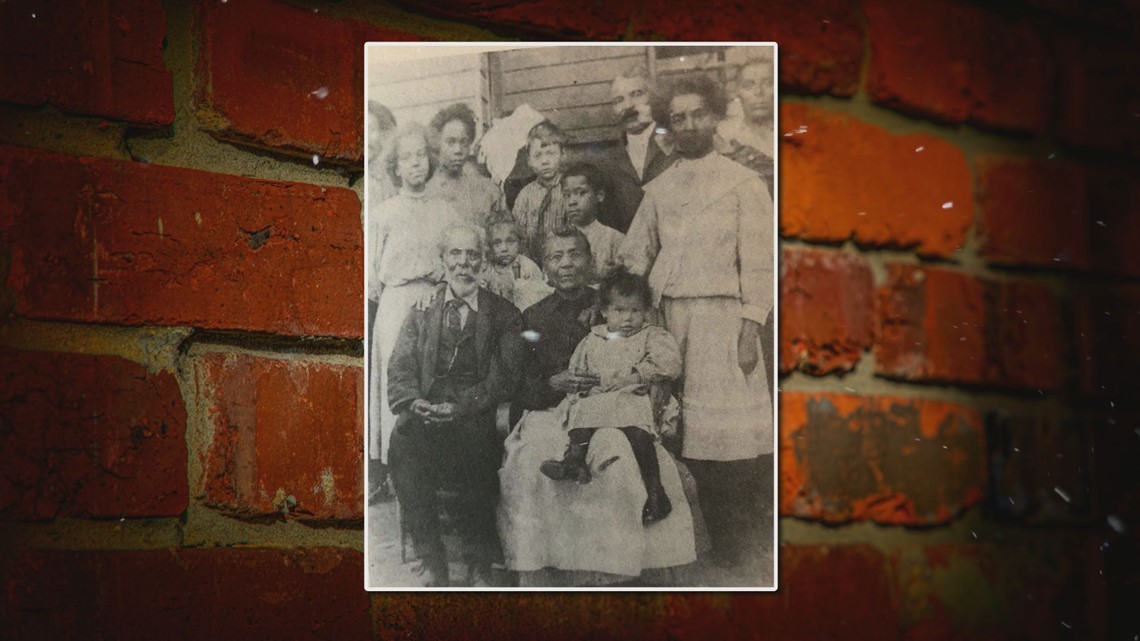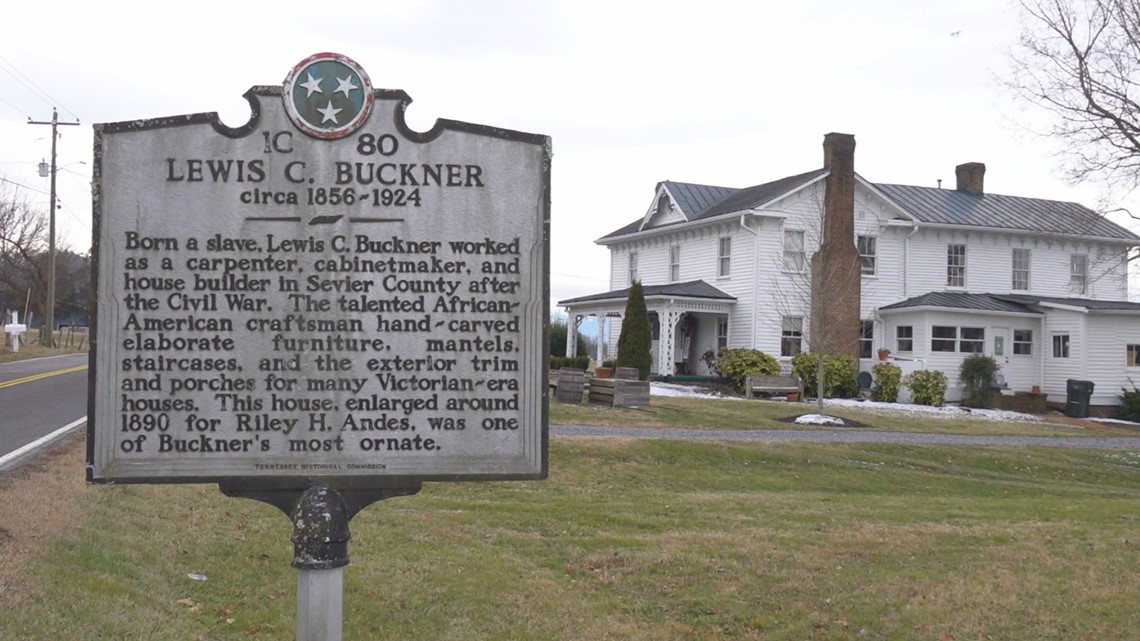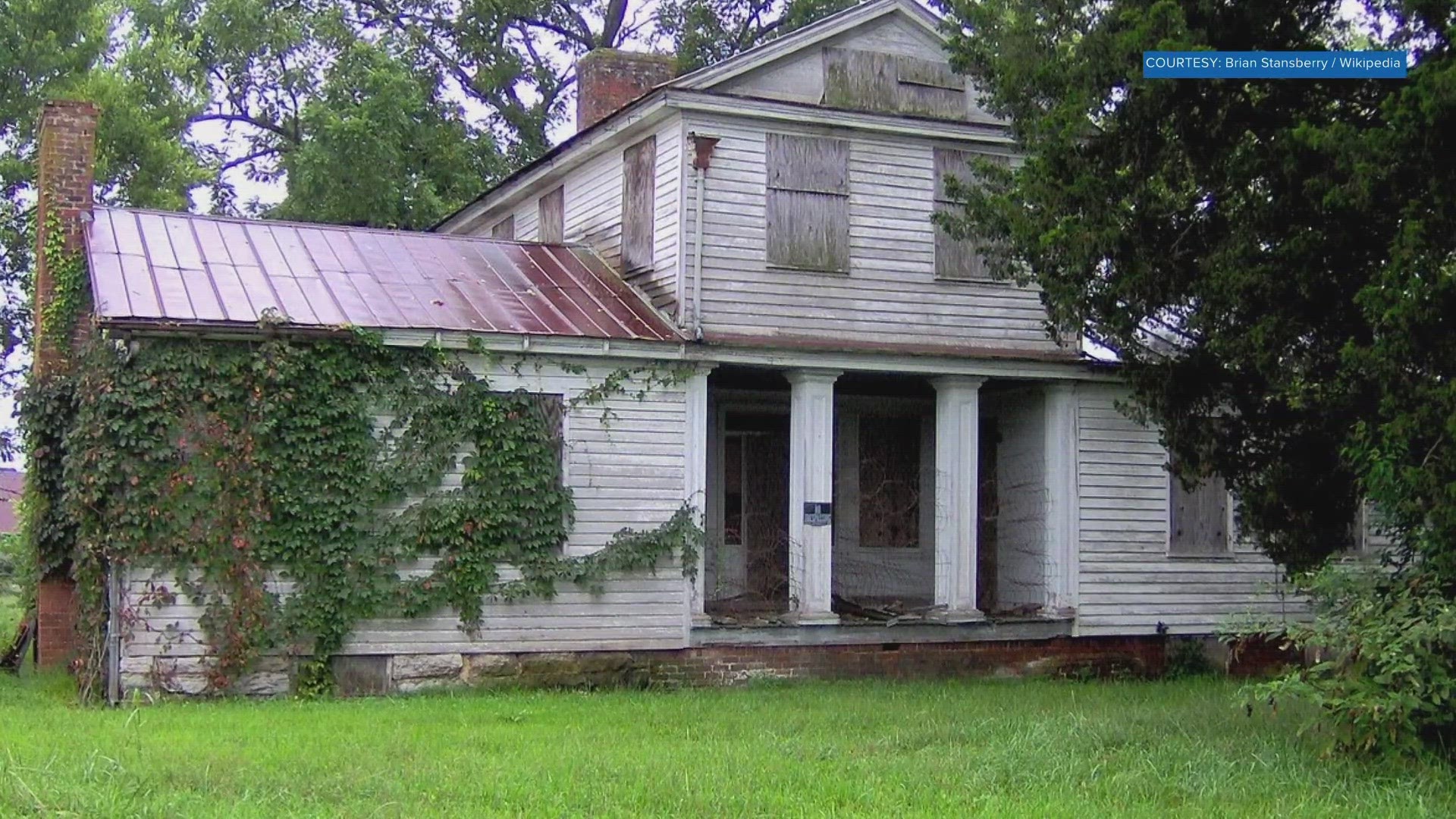SEVIER COUNTY, Tenn. — Black History Month is a time for people to honor and focus attention on African Americans who made contributions and sacrifices that helped shape the nation.
East Tennessee has many stories of how African Americans made improvements within its region.
Here's a look at some historically Black stories from within Sevier County.
Sevier County Plantations
Sevier County was home to numerous plantations that housed slaves before the Emancipation Proclamation.
Rose Glen plantation sat at the corner of current-day Pittman Center Road and Old Newport Highway. Established by Dr. Robert Hodsden, the plantation's nearly twenty-four hundred acres made it the largest farm in the county.
Hodsden, although pro-union, owned fifteen slaves who tended to crops like potatoes, wool, oats and one of East Tennessee's largest rice crops. At its height in 1860, the farm was worth over $28,000, or over a million dollars in today's money.
Located off Boyd's Creek, Brabson's Ferry plantation was established by John Brabson II. Brabson owned 49 slaves, making him one of the region's largest slaveholders. At the time of his death in 1848, he owned over 5,000 acres in Sevier County. In 1976, Brabson's Ferry was added to the National Register of Historic Places.


Sitting a mile away from Brabson's Ferry is the Wheatlands Plantation.
Named after its massive yearly wheat crop, the plantation was started by Timothy Chandler who left it to his son John. The fourteen slaves at Wheatlands produced butter, honey, sweet potatoes and whiskey. Once freed, John paid his former slaves to work on the property.
Isaac Dockery
Take a walk through downtown Sevierville and you’ll be surrounded by the work of Isaac Dockery.
“Isaac Dockery was a legend here in Sevierville and Sevier County," Sevier County Historian Carroll McMahan said.
Dockery was born free in Sevier County in 1832. In the 1860s, he built a brick kiln and began his own masonry business.
“The zenith of the business was from right after the Civil War until almost 100 years later," McMahan said.
Dockery shared his knowledge of masonry with his sons and grandchildren. With their help, many of the buildings in downtown Sevierville were built from bricks made by Dockery and his family.
“All these people that hired them to do the work were white families, business owners, and they did it because of their reputation. They did good work," McMahan said.
Dockery’s work led to the construction of buildings such as the Masonic Temple, New Salem Church and even the Sevier County Courthouse.
“It's a feature of Downtown Sevierville and has been since it was completed in 1896. He and his family were responsible for a lot of the construction, and practically every building facing the courthouse on Court Avenue was built using their brick," McMahan said.


Isaac Dockery took Sevier County clay and was able to build the heart of the city brick by brick.
“When we're talking about history, we talk more about the human history, and not as much about the building, but that that plays an important part in the overall historical picture," McMahan said.
Lewis Buckner
Lewis Buckner was born into slavery in 1856 and was freed after the Civil War.
“He was a house builder, cabinet maker, furniture maker. He could do almost anything that he desired with wood," Sevierville resident Jack Denton said. “He was an uneducated man as far as schooling and that type of thing."
With no formal education, Buckner was drawn to carpentry—implementing the trees he found around Sevierville into his work.
“Mostly walnuts. He had some work in poplar, some work in pine and oak," Denton said.
Never one to idle, Buckner began his furniture-making business in the late nineteenth century and developed his unique Victorian-based style with intricate borders and flowers.


“His furniture speaks pretty highly of the type of man that he was in his field of work," Denton said.
Throughout Sevier County, there are upwards of fifteen structures that are believed to have been built by Buckner. Two of which are on the National Register of Historic Places—the Riley H. Andes and Trotter-Waters Houses.
“It’s a God-given talent that he had. He had to be a man of much patience to create what he did with wood," Denton said.
Buckner died in 1926 and is buried in the community he helped build. We don’t know what he looked like. We only know him through the work he did with his hands.
“He's quite known throughout Sevier County for his work. He's become very much appreciated," Denton said.



